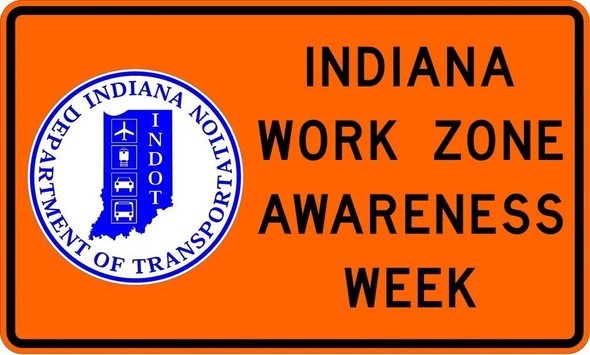When you’re driving in winter weather it is important to make sure your vehicle is ready, and you are prepared to handle adverse road conditions. The following information can help make your drive safer on snow and ice.
TRAVEL
- Leave for your destination earlier than normal and plan for unexpected delays.
- Failing to allow enough distance to stop is a major cause of winter driving accidents. Adjust your speed for the conditions and leave yourself additional room to stop. You should allow at least three times more space than usual between you and the vehicle in front of you.
- Bridges, overpasses and infrequently traveled roads will freeze first. If the conditions are wet, shady areas may freeze over.
- Brake gently to avoid skidding.
- Do not use cruise control or overdrive on icy roads.
- Drive with your lights on to allow other drivers to see you.
MAINTENANCE
- Replace your windshield wiper blades. Worn wiper blades can smear road spray, obscuring your vision.
- Keep your windshield washer fluid topped off.
- Use the appropriate temperature-rated windshield washer fluid.
- Clean snow and ice off the front and rear windshield; as well as all side windows, mirrors and lights to make sure you can see clearly and be seen by others.
BE PREPARED FOR AN EMERGENCY
- Top off your vehicle’s fuel. In an emergency, it could be your only heat source.
- Maintain an emergency kit with:
- A flashlight.
- Jumper cables.
- Flares or emergency lights.
- A small shovel.
- Traction material such as sand or cat litter.
- Additional heavy clothes, gloves and a blanket in the event your clothing becomes wet, or you are stranded for an extended period.
Download a printable PDF and recording form here.
Members can download the audio version of this toolbox talk here.

